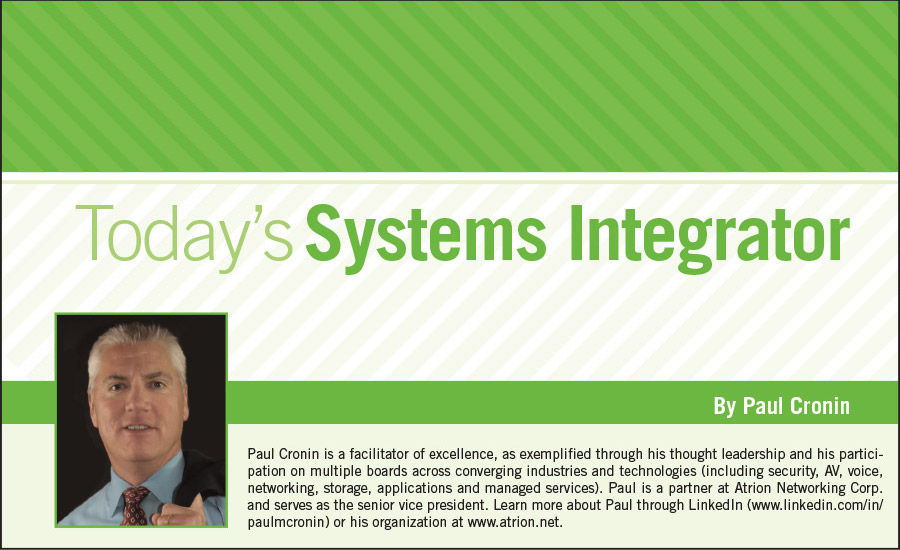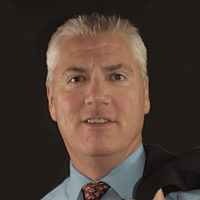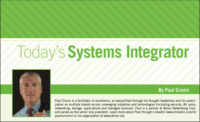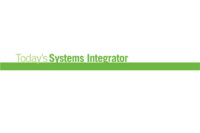Since moving on after the sale of my second integrator company Atrion Networking to Carousel Industries, I became a free agent doing some consulting work. At the ISC West Conference in April I sat in a room with a vendor, distribution and integrator as they talked about new products, go-to-market strategies and pricing models.
As I sat there, I realized the only one missing in this room and from the conversation was the customer. The conversation was rich with the vendor providing ideas of how to present the new products to clients and benefits and features. The partner became excited about the opportunity to roll out the new product line to their clients and begin building their business around being able to support it. The conversation went from technical bits and bytes to distribution to talking about volume discounts.
However, after an extended amount of time of listening I had to ask a couple of questions. That is what good consultants do — right?
I asked them, “How do you know your client wants to buy these new products?” The room got quiet and then I asked my second question: “How does the product help your client’s IT department assist the company in reaching its goals to increase revenue or decrease expense?” You could hear a pin drop.
However, I didn’t think the questions were out of line. After all, the partner was going off to invest a lot of time and money to roll out what appeared to be the latest and greatest. If they can’t answer these questions with a solid response that represents the clients’ desire to buy and justify the investment then perhaps they should do a little more work before going to market with a new solution. There are only so many resources and money to bring on new solutions; getting it wrong can affect the top and bottom line revenue.
When I look back over the last 20 years and the two companies I have help lead I think about one of our major success factors was the formal use of a customer advisory board. They helped us to craft our portfolio and tell us what they needed and why. They were our sounding board; and before we brought solutions to market we engaged with them to validate the need and the messaging.
Many think building a client advisory board is difficult to create or for larger companies than theirs. However, the value of a board can benefit almost any size organization if operated correctly. A Customer Advisory Board (CAB) is a marketing program made up of strategic customers who work closely with company executives to provide guidance on corporate strategies, offer input on products and services, and address and create solutions to industry challenges.
The key to a successful board is structuring the Customer Advisory Boards around common interests and concerns — so customers derive as much benefit from participation as the company whose board it is. I know from my experience our customer advisory board saved us a lot of time and money getting the right solutions to market, providing us valuable competitive insight and helping us to build long-term client relationships.
If you would like to learn more about building a successful CAB connect with me on LinkedIn and I would be happy to share some valuable insight.
10 Key Components for a Successful Customer Advisory Board (CAB)
-
Have a compelling theme that engages clients.
-
CAB members have equal stature and roles.
-
Executive leadership is engaged and present at meetings.
-
Strong follow up and ongoing management of the CAB after and in between face-to-face meetings.
-
Create a sense of shared vision.
-
Commit to active listening and be open-minded.
-
Keep the CAB action-oriented.
-
Meet on a consistent basis 3-4 times a year.
-
Fixed terms such as two years for participating.
-
Create a venue for clients to network and learn from each other.





